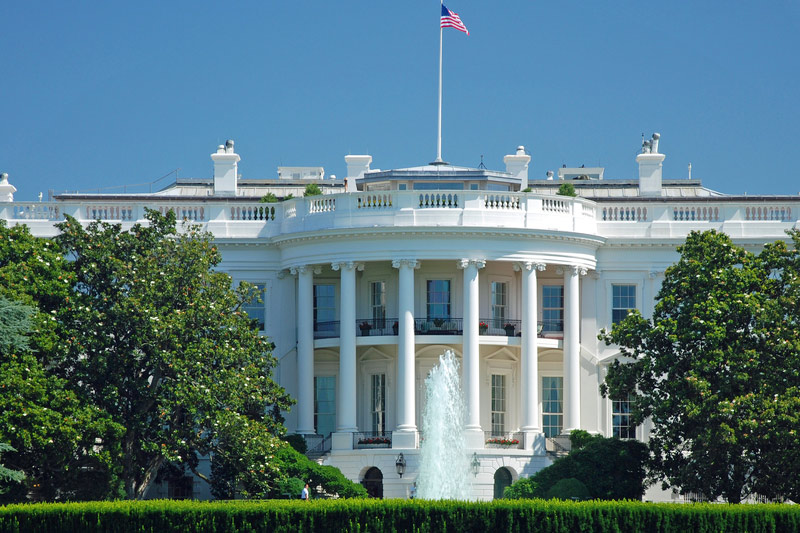(Bloomberg) -- With the U.S. labor market tightening, one way to boost the economy would be to encourage Americans who are out of the labor force in large numbers in states like West Virginia to move to states that have booming job markets, like California and Florida. But the White House isn’t sure how to make that happen, and doesn’t sound interested anyway.
“The geographic immobility of workers is a conundrum with no easy solution,” the White House Council of Economic Advisers said in its annual economic report Wednesday.
The share of Americans moving is the lowest on record, according to the White House, which immediately adds that too much mobility is likely to hurt “distressed communities” that are already suffering. (West Virginia, which gave Donald Trump 69 percent of its vote in the 2016 presidential election, has had the lowest percentage of the population employed since 1976.)
While the report offers a variety of policy responses to other issues facing the world’s largest economy, on geographic mobility the Trump administration says that the “low proclivity of Americans to migrate points to the need for local economic development and labor market connectedness without relying on workers to change their residence.”
After the 2007-2009 recession, economists were optimistic that a better job market and recovery in house prices would bring about more mobility. That hasn’t happened, and the exact reasons or solutions aren’t entirely clear. The report says that “little research” has been done on what the federal government could do to encourage mobility.
Moreover, greater movement would “exacerbate the struggles of distressed communities.” The report adds that “well-designed infrastructure investments” could bring workers back to jobs without moving.
